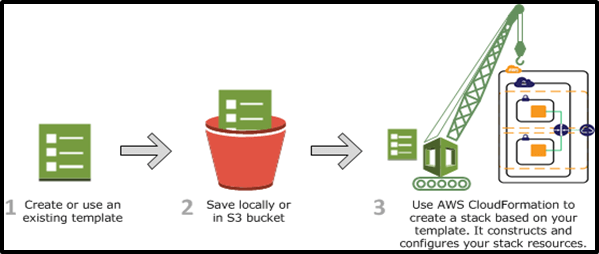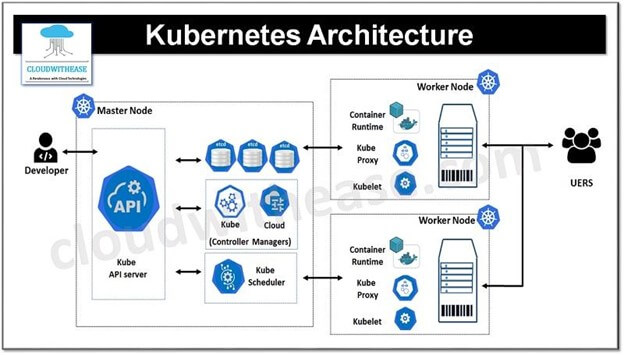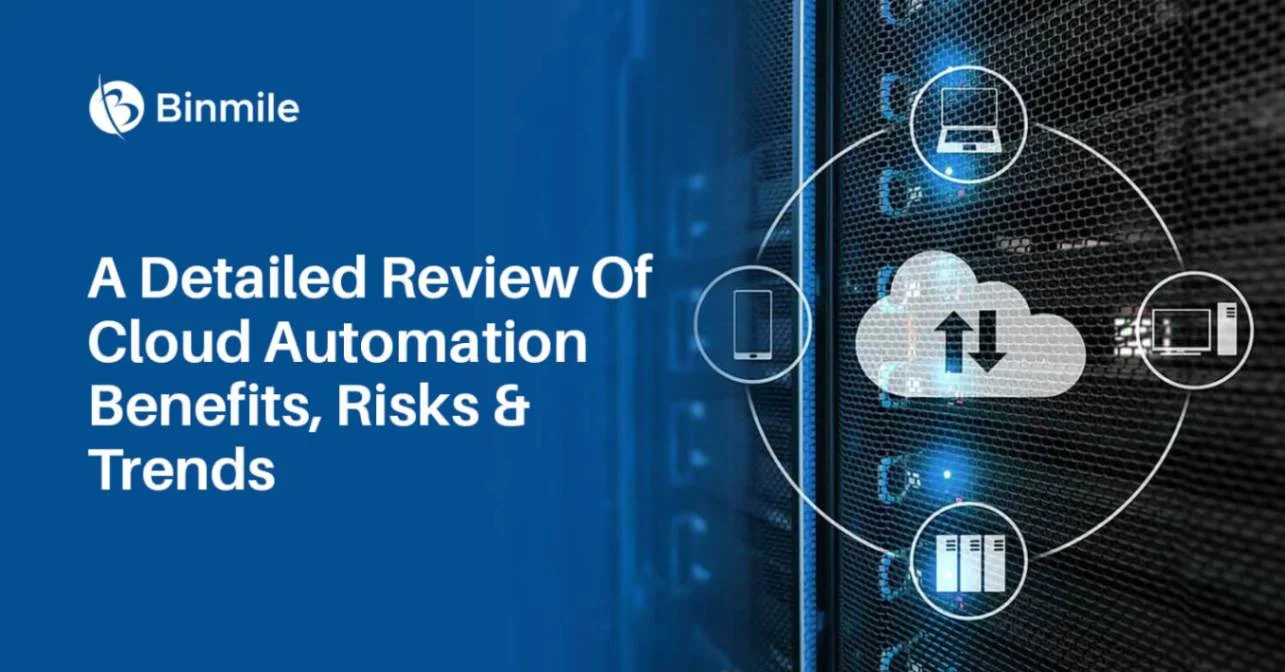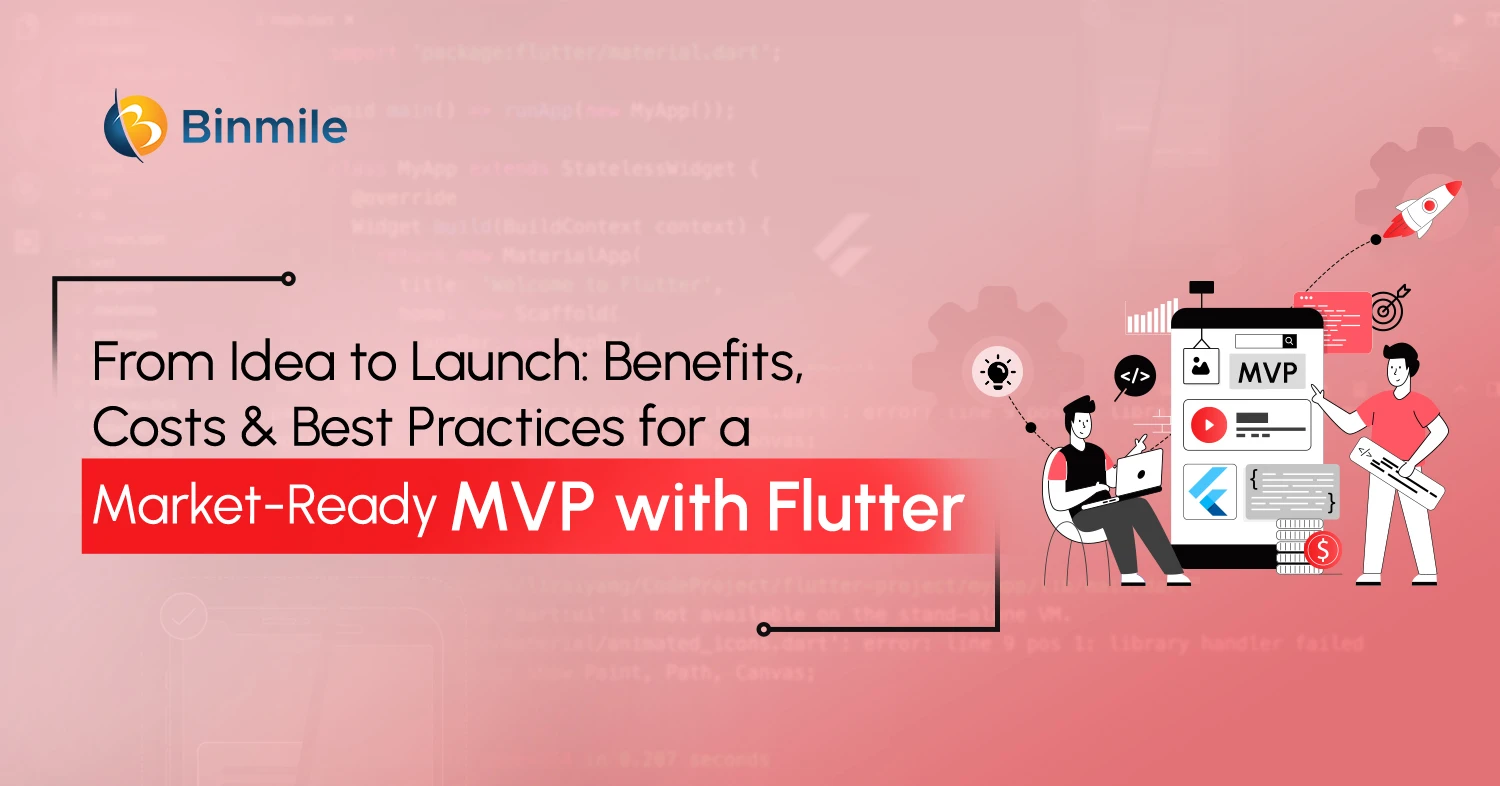From Amazon to Netflix and Facebook, top-notch companies are prioritizing the public Cloud in some capacity, as a key catalyst for digital innovation. Cloud automation is one of the key drivers of this genuine digital innovation, an indispensable technology for greater automated efficiency in the way companies conduct business.
What is Cloud Automation?
Cloud automation is a concept dedicated to reducing manual efforts of infrastructure engineering using a plethora of tools and processes.
It’s a code-based technique of simplifying Cloud operations to revolutionize the business operations of enterprises of all sizes. Cloud security is a mainstay fundamental in Cloud automation to help the platform attend to the scalability demands of DevOps.
What is the Biggest Challenge to Implementing Cloud Automation?
According to the McKinsey Global survey, the biggest challenge to implementing Cloud automation is not at all related to financing, but surprisingly it is understanding where and how to deploy it suitably.
However, 70% of respondents in the survey say they are introducing automation techniques in one of their business units or functions.
This is quite an indication that despite challenges present in Cloud automation implementation, businesses are making use of the technology to streamline workflows and reduce costs on unwanted resource deployment.
The biggest challenge to the implementation of Cloud automation in businesses is not financing, but the understanding of where and how to deploy it suitably.
Use Cases Of Cloud Automation Tools To Increase Efficiency Of Workflows And Tasks:

1. Testing And Application Deployment:
Cloud automation tools allow users to automate the testing of new code and deploy the application in the production environment after fixing errors. The tools also manage automatic upgrades to ensure continuous app deployment.
2. Infrastructure Provisioning:
Cloud automation tools help rule out the daunting task of setting up virtual servers with a set of templates to configure each virtual server. Other uses of similar processes are associated with storage setup, network, and other Cloud operations, thereby ensuring adequate allocation of different resources.
3. Database Backups:
Automation allows routine execution of database backups in the Cloud, thereby ruling out manual efforts in handling the same task (of backing up the database).
4. Identity Management:
To ensure that all the users in the network are authorized for access to the infrastructure, the tools maintain a clear record of all the access levels related to users.
5. Hybrid-Cloud Management:
Businesses using both private and public Cloud services can get benefits from automation tools that allow them to manage their Cloud environments using a single dedicated control panel.
6. Automatic Monitoring:
Automation tools can be configured to spot anomalies or red flags, like an unresponsive database or a server running low on memory. The tools execute tasks automatically without warranting human intervention.
Cloud automation tools trigger smooth transitions of businesses in their Cloud adoption journey. They are designed to handle tasks, such as automating storage and backups and managing security and compliance.
They ensure the system’s best performance and resource allocation to manage repetitive tasks to help a company maximize its budget and resources.
Top Benefits Of Cloud Automation For A Centralized Management Of Tasks
A shift to the Cloud is a viable strategy to make your business up-to-date and competitive. 90% of businesses have reportedly adopted Cloud-based solutions over legacy computing and data storage methods for better insights, reduced costs, and automated business efficiency.
Here is our rundown on some top benefits of Cloud automation.
1. Lower Costs
Cloud automation drives lower operational costs by reducing errors and increasing productivity. Resources allocated for installing, monitoring, troubleshooting, and deploying hardware and software applications are greatly reduced by the implementation of Cloud automation tools. They drive the result of reduced costs for businesses.
2. Automated Configuration Management
From replacing resource-intensive manual configuration processes to eliminating the risk of human errors, Cloud automation brings automated efficiency, helping you manage Cloud resources with fewer resource requirements.
3. Enhanced Security
Automation transpires enhanced security with less resource deployment to manage the mission-critical systems for automated workflows.
It monitors everything from efficient resource usage to maintaining required security standards across all deployments for a worry-free Cloud service performance.
4. Flexibility & Centralized Governance
The major upside of Cloud automation is its flexibility, allowing authorized users with network and device access to work from anywhere and anytime.
The tools help organizations to manage and control their IT infrastructure with centralized management of both operations and deployment.
As long as Cloud services are manually operated, the ongoing active processes remain visible until their automation which governs entire processes from a single location.
Remember that automation tools authorize only role-based access control so that only authorized users can gain access to confidential data and processes.
5. Low-Risk And Quick Cloud Migration
Want your business migrated to the Cloud? Well, it’s a surprisingly simple, less expensive, and low-risk procedure. Automation tools feature scalability that comes in handy for your business as they can scale up or down in accordance with your business needs.
6. Improved Resiliency & Reliable Services
Cloud automation provides regular monitoring and management, spotting red flags or potential problems automatically, to ensure the system is more resilient. It can also transfer workloads to temporary standby server locations to protect your system against potential cyber threats.
Automatically backing up IT functions or backing up on-premise systems to the Cloud ensures improvement in your company’s resiliency.
Therefore, automation tools take care of the data security of your business operations against potential cybersecurity threats through continuous automated monitoring and improving the system’s resiliency.
Review Of Trending Cloud Automation Tools
Cloud automation usually centralizes around the technique of Infrastructure as a code. These tools maximize the Cloud-based resources to create common configuration items, like Containers, Virtual machines, and virtual private networks.
For instance, a Cloud automation template is used to create a specific number of containers for a microservices application and create load balancers.
Here is our review of the list of Cloud automation tools.
1. AWS CloudFormation:
The Amazon Web Services CloudFormation tools come in handy for administrators and developers, allowing them to build a set of related resources, provision, and manage them in an orderly and predictable way.
You can also call it infrastructure automation or Infrastructure-as-Code (IaC) tool, given how the technology automates the deployment of diverse IaaS (Infrastructure-as-a-Service) on the CloudFormation.
The AWS service of CloudFormation also automates the configuration of workloads running on EC2 compute service and other popular AWS services.
An example of how AWS CloudFormation works

2. Kubernetes:
Also known as K8s, Kubernetes is defined as containerized software running and managing using a set of machines at its core stage. It groups containers to make up an app into logical units leading to easy management and discovery.
Basically, it is an open-source system that automates processes like deployment, scaling, and management of containerized applications. features of this system include automatic rollout and rollback of changes to applications, storage orchestration, load balancing, and service discovery, etc.

3. Chef
It is popular as an infrastructure configuration tool facilitating consistent management from implementing arrangement approaches to the continuous conveyance of production of code. Apart from the viable consistency, the tool ensures the creation of a GUI-based work process pipeline.
4. Google Cloud Deployment Manager
It is used to deploy infrastructure services to automate the creation and management of Google Cloud resources. A user can write templates and configuration files utilizing them to deploy services, including Cloud storage.
5. SaltStack
A robust automation framework, SaltStack centers around the idea of remote execution of commands and providing automated security consistency. It designs all the components of Cloud-based infrastructure and features security tooling and agentless node management.
Built for speed and scale, the application of SaltStack as a command-line tool written in Python involves continuous integration and deployment, database encryption, agentless communication, and remediation.

Key Risks In Implementing Cloud Automation
While adopting Cloud automation affords transformative optimization in business processes, here is our analysis of key risks in the implementation of Cloud automation tools.
1. Lacking Technical Knowhow:
Choose the right tools and platforms once you have reevaluated your existing technical portfolio. It will require the assistance of experienced it specialists or software engineers to help you walk through every aspect of migration and automation for a positive impact on your business.
2. Security Issues:
Isn’t that self-explanatory?
To ensure a safe and smooth Cloud migration journey for businesses, unbreachable security standards in place are indispensable.
Unfraternally, security is one of the pressing concerns in the world of Cloud computing, as you can’t see the exact location of where your sensitive business data is stored or processed.
Our recommendation – choose the vendor with an uncontested reputation for providing secure Cloud services using a host of security standards.
3. Not Choosing Automation Strategy Based On Needs:
The thing with process automation is that it is no longer limited to manufacturing. It has progressed its application in other sectors. This boils down to the main point of our expostulation, that you should go for an automation strategy resonating with your business needs or the pain points experienced by your business.
Research well to find out how your competitors solve those problems through automation. The goal here is to be insightful in choosing the right automation strategy based on your business requirements.
4. Managing Multi-Cloud Governance:
That’s one serious risk in implementing Cloud automation. Considering how a part of the infrastructure remains on-premises within a hybrid Cloud model, an automation solution should ensure managing multi-Cloud governance without disrupting the business flow.
5. Compliance Risk:
Using Cloud-supported backup services or storage for business operations while keeping alignment with existing official regulations and laws is quite a delicate scenario for companies today.
For instance, certain healthcare regulatory compliances including HIPAA are mandatory to comply with for every healthcare organization in the USA
Conclusion
Cloud automation tools stand for modern-age technologies with capabilities of driving genuine digital innovation to businesses looking for safe and smooth Cloud transition of their business to reduce manual efforts, save costs on unwanted resource deployment, and experience profitable growth in due course of time.
We have jotted down a detailed analysis of Cloud automation tools, their benefits, risks, and trends in our write-up intended to make it a trusted repository of quality information on Cloud automation.
However, if you are looking for software solutions to help your business smoothen its Cloud adoption journey, choose a software development services company of global repute for a profitable business growth.
Choose Binmile as a qualified resource for your quest. Get from us the novelty of software solutions that drive solutions resonating with your business expectations.









